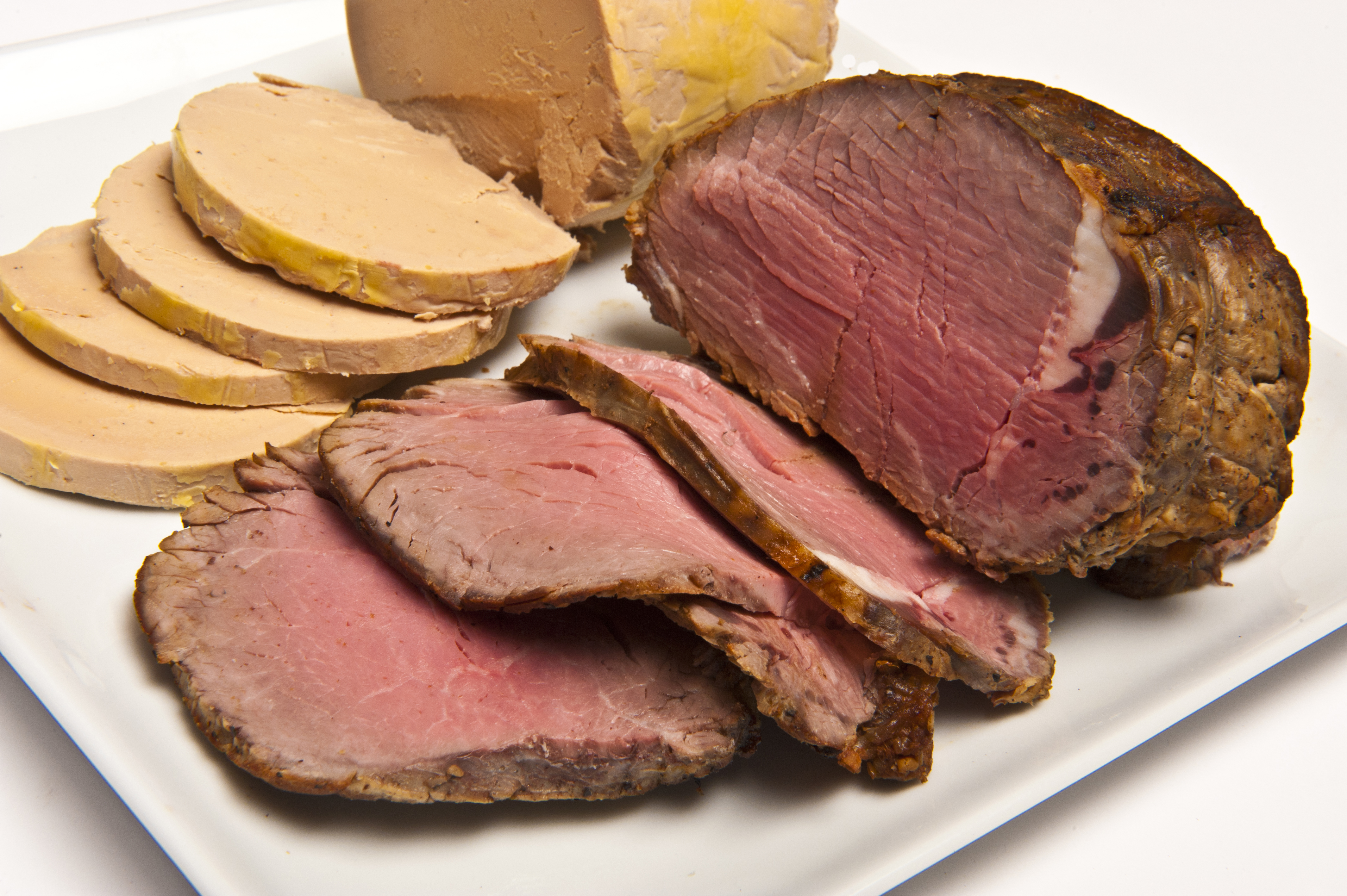We're entering the most traditional time of year in Japan in food terms, starting on New Year's Eve and through the New Year's holiday period, when families gather to dine on osechi delicacies and bowls of symbolic soba noodles. That doesn't mean that there's no room for other kinds of foods, though. If you're an expat and want to inject a bit of home into this time of year, here are some ideas for doing that, while still retaining that link to Japanese tradition.
The custom of eating a bowl of warm toshikoshi soba to send out the old year, started sometime in the 18th or 19th century, during the Edo Period. But these days Japanese people are changing things up a bit and enjoying a bowl of ramen or udon instead of soba.
The traditional reasons for eating soba on New Year's Eve are twofold. First, the noodles are thin and long, signifying a wish for long life. Second, they can be bitten off easily, which may signify a wish to cut off the old and leave it behind as a new year begins.

















With your current subscription plan you can comment on stories. However, before writing your first comment, please create a display name in the Profile section of your subscriber account page.